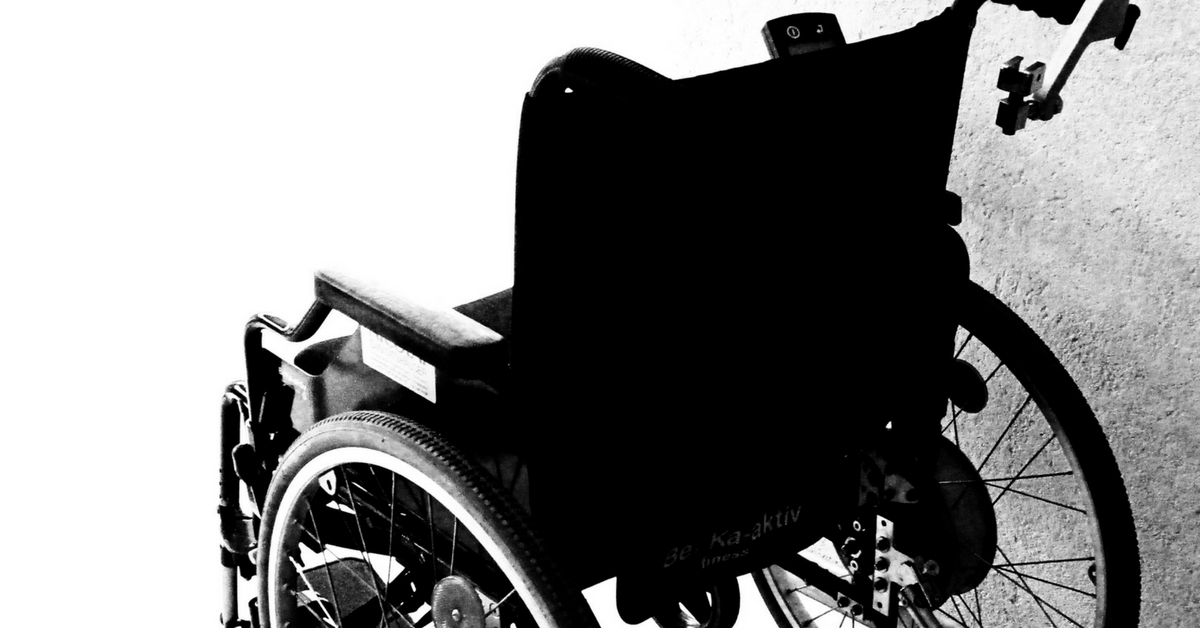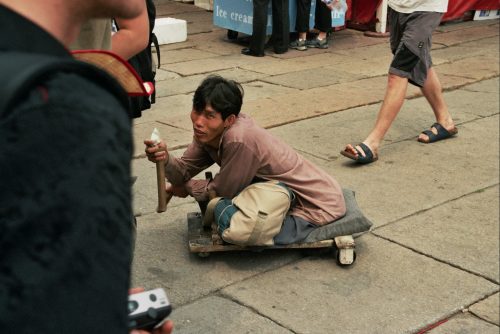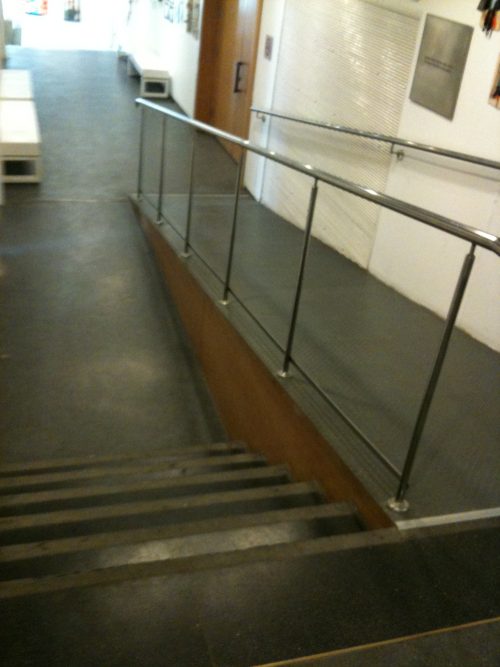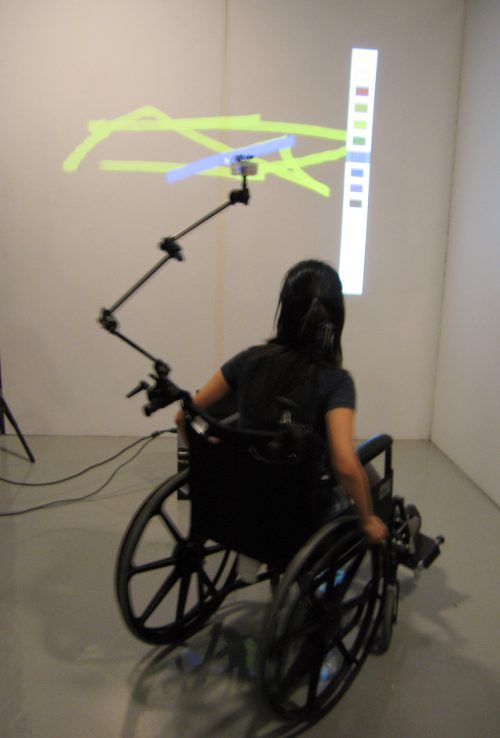TBI Blogs: The Supreme Court – and a New Legislation – Are Bringing Fresh Signs of Hope for India’s Disabled!
Last week the Supreme Court directed the Centre to fulfill promises under the ‘Accessible India’ campaign. Meanwhile, the chief legislation for persons with disabilities is being tabled in Parliament, which holds great potential to reshape our surroundings and systems.

Last week the Supreme Court directed the Centre to fulfill promises under the ‘Accessible India’ campaign. This campaign – launched a year ago – seeks to make half the buildings in each state capital accessible to persons with disabilities. Meanwhile, the chief legislation for persons with disabilities is being tabled in Parliament, which holds great potential to reshape our surroundings and systems.
On December 3rd 2016, the International Day of Persons with Disabilities, India has special reasons to celebrate. A stronger new law for persons with disabilities – which increases reservation, recognises more disabilities, and puts forth better grievance redressal mechanisms – is being tabled in Parliament.
On November 24, 2016, the Supreme Court reprimanded the centre for not doing enough to meet the aspirations articulated in the Accessible India campaign. As a result of the Apex Court’s observations, as well as a new law in the making, we can hope that the Accessible India campaign will take momentum, and bring about much needed inclusion of the millions of persons with disabilities.
With a law that has greater teeth and a judiciary that has shown itself to be a watchdog for disability rights, we hope to soon see much awaited changes on the ground, and greater accountability of all stakeholders, especially the State.
Accessible India Campaign
The Accessible India campaign, otherwise known as the Sugamya Bharat Abhiyan, is an ambitious project that was launched in December 2015 to enable persons with disabilities to gain universal access, equal opportunity for development, independent living, and participation in all aspects of life.
The campaign seeks to enhance accessibility by making significant changes to the infrastructure, transportation, information and communication systems. Its most prominent goal is to make at least 50 % of all government buildings in the national capital and all state capitals “fully accessible” by July 2018. With respect to transportation, the campaign has a target to make all the International airports and railway stations of A1, A, and B categories fully accessible by July 2016, and by March 2018, at least 10 % of all government-owned public transport carriers are to be converted into fully accessible carriers.
An audit of 1,099 buildings across 31 cities – India’s first accessibility audit – was conducted in buildings and public places under this campaign. The audit revealed the deplorable state of facilities for the differently-abled in public buildings, hospitals, railway stations, and educational institutions. It found that not a single building was disabled-friendly; almost 95% of the buildings did not have a toilet for the disabled – even of those that did, the majority were reported to be in an abysmal state.
Supreme Court Direction
While hearing a petition filed by Rajive Raturi, which sought the implementation of the Persons with Disabilities Act, 1995, in providing facilities at public spaces, the Supreme Court gave some refreshing insights. It took notice of the fact that the Ministry of Social Justice and Empowerment, though responsible for the implementation of this campaign, has hardly done anything towards creating an accessible environment.
Chief Justice T.S. Thakur noted that apart from the campaign, no steps were being taken towards the implementation of the disability law, with the Central Coordination Committee not having met for the last four years. Furthermore, the Court did not mince any words in stating its disapproval of this execution by the government.
The Court also demanded a list of the 50 buildings in which the Government had claimed to have completed work, as well as submission of the targets set for the years 2017 and 2018 in all the capitals. The Court also directed the Centre to hold meetings on a regional level for a review of the existing schemes, and adjourned the case to December 14.
Role of the Judiciary
The highest court has unequivocally recognised the need for a barrier-free environment. It has therefore played a zealous role in ensuring protection and right to access for the differently-abled. Through its direction, the Apex Court demonstrates a commitment to recognising the rights of a minority. This goes beyond its traditional role of settling disputes and interpreting the law.
Sometimes the judiciary needs to push the other two branches of the Government out of their inertia. So, there is a clause – progressive realisation – in the CRPD, under which States cannot use the excuse of lacking resources for eternity. Instead States need to make plans and set timelines to meet treaty obligations.
The Social Model and Rights-Based Approach
Many decades ago, we pitied persons with disabilities and reduced them to subjects of charity. This mindset is now rapidly changing, as reflected by new laws and judicial pronouncements.
The social model approach to disability holds that disability is not an individual tragedy, but a social construct. It recognizes that society creates infrastructure and systems that debilitate those who do not fit the able-bodied norm. Failed limbs are not unnatural. But a flight of stairs may be.
Thus, we move away from the charity model, which aroused sympathy, to the human rights model, which demands changes. The first international convention for persons with disabilities – the UNCRPD – showcases a rights-based approach. India has been one of the first countries to sign the treaty. Article 9 of the UNCRPD has wide provisions on accessibility. These extend to the physical environment, transportation, information, and communication, including communication technologies and services open to the public.
Disability is socially constructed. We design and construct buildings with the able-bodied in mind. Yet, we often do not foresee that we may lose our limbs’ functionality, a likely outcome of old age. We may not always have the ability to climb the stairs we so ambitiously build.
The new law and the Supreme Court’s observations will usher in a fresh era for disability rights. Changed mindsets will stop looking at people with disabilities as unproductive and as being a burden on others. With the right ecosystem, all can surpass perceived limitations. The Apex Court’s interventions have been welcome in shaping a human-rights discourse to address disability.
This article is written by Vinoothna Vinjam, Smriti, and Vidushi Kothari from the IDIA Research and Policy Programme.
For more information on how to contribute to making education and law accessible to all, visit the IDIA support page.
Featured Image Source: Pixabay
Like this story? Or have something to share? Write to us: [email protected], or connect with us on Facebook and Twitter.
NEW: Click here to get positive news on WhatsApp!
If you found our stories insightful, informative, or even just enjoyable, we invite you to consider making a voluntary payment to support the work we do at The Better India. Your contribution helps us continue producing quality content that educates, inspires, and drives positive change.
Choose one of the payment options below for your contribution-
By paying for the stories you value, you directly contribute to sustaining our efforts focused on making a difference in the world. Together, let’s ensure that impactful stories continue to be told and shared, enriching lives and communities alike.
Thank you for your support. Here are some frequently asked questions you might find helpful to know why you are contributing?


This story made me
-
97
-
121
-
89
-
167















